Want to know how you can fix the error 4000 on Twitch?
Twitch is a popular live video streaming platform owned by Amazon. The platform gained popularity in 2012, a year after its release, and continues to provide service for gamers, influencers, and other individuals.
Since it was launched, Twitch has suffered from both minor and major issues. Although it can be annoying at times, occasional errors are normal for any platform with the size of Twitch.
One of the most common issues you’ll encounter on Twitch is the error code 4000. This problem occurs while watching a stream on the platform and has been around for years. While Twitch tries its best to address the issue, it keeps coming back.
Most of the time, the error code 4000 on Twitch is caused by server-related issues. However, it can also be due to corrupted data, slow network connections, third-party apps, or improper system configurations.
In this guide, we’ll show you how to fix the error code 4000 on Twitch.
Let’s jump right in!
1. Check Twitch Servers.
When you encounter the error code 4000 on Twitch, the first thing you should do is check the platform’s status. As mentioned earlier, this error code on Twitch usually occurs when the servers run into problems.
Go to Twitch’s status page to check if there’s an ongoing issue on the platform.
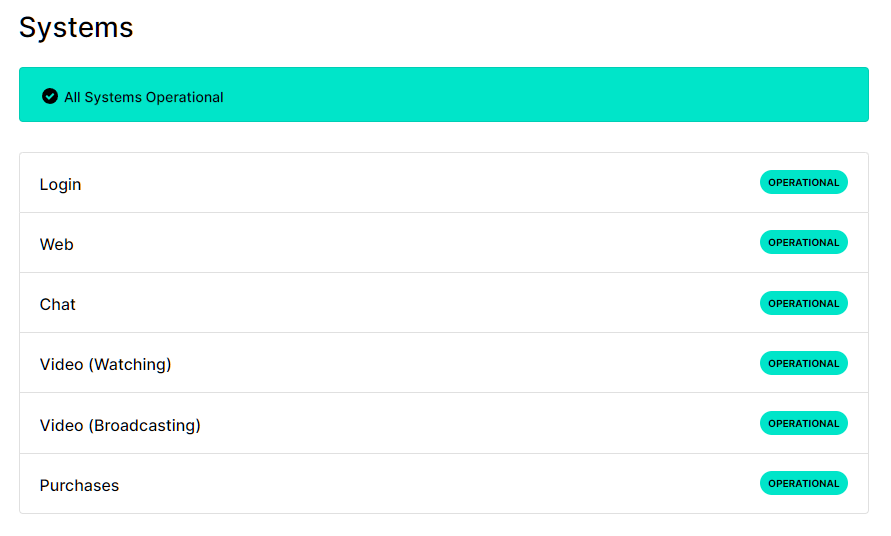
Since server-related problems can’t be addressed on your end, the only thing you can do if Twitch is down is to wait for their team to resolve the issue.
2. Restart the Stream.
Before changing your configurations, try restarting the stream first when you encounter the error code 4000 on Twitch. Most of the time, the platform just runs into a random bug that causes the stream to stop.
Press F5 on your keyboard or click the Refresh button next to the URL box to reload the Twitch stream.
3. Clear Your Browser Cache.
Browsers use caches and cookies to improve their overall performance. This improves the loading times of previously visited sites and reduces delays on videos and streams. Unfortunately, caches and cookies could accumulate and get corrupted over time.
If you keep running into the error code 4000 on Twitch, try clearing your browsing data to eliminate corrupted caches and cookies.
See the steps below to guide you through the process:
- First, open your preferred browser.
- After that, press CTRL + H on your keyboard to access the History tab.
- Now, click on Clear Browsing Data from the side menu.
- Include caches and cookies in the process and change the Time Range to All Time.
- Lastly, click the Clear Data button.
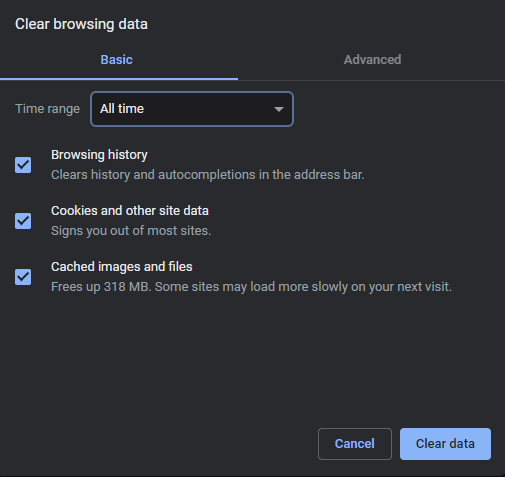
Go back to Twitch afterward and observe if you’ll encounter the error code 4000.
4. Flush Your DNS.
Clearing your DNS cache could also resolve the error code 4000 on Twitch. Your network data may have gotten corrupted when your connection encountered an issue, which causes the issue on Twitch.
Here’s how you can clear your DNS cache:
- On your keyboard, press the Windows + X keys to open the Quick Menu.
- Next, click on Command Prompt (Admin).
- Inside the Command Prompt, type ‘ipconfig /flushdns’ and hit Enter.
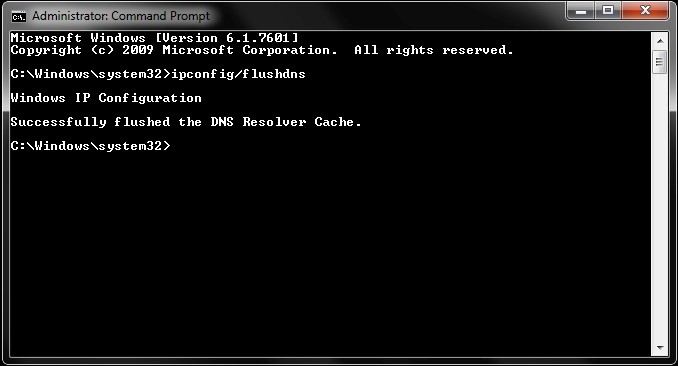
Once done, watch another Twitch stream to check if the problem is solved.
5. Disable Browser Extensions.
Browser extensions could also be the reason for the error code 4000 on Twitch. While extensions provide additional functionality to your browser, some websites are not compatible with them.
If you can’t watch streams on Twitch, see the guide below to disable your extensions:
- First, open your preferred web browser.
- After that, click on More Options and choose Settings.
- Now, go to the Extensions tab.
- Lastly, disable your extensions and restart your browser.
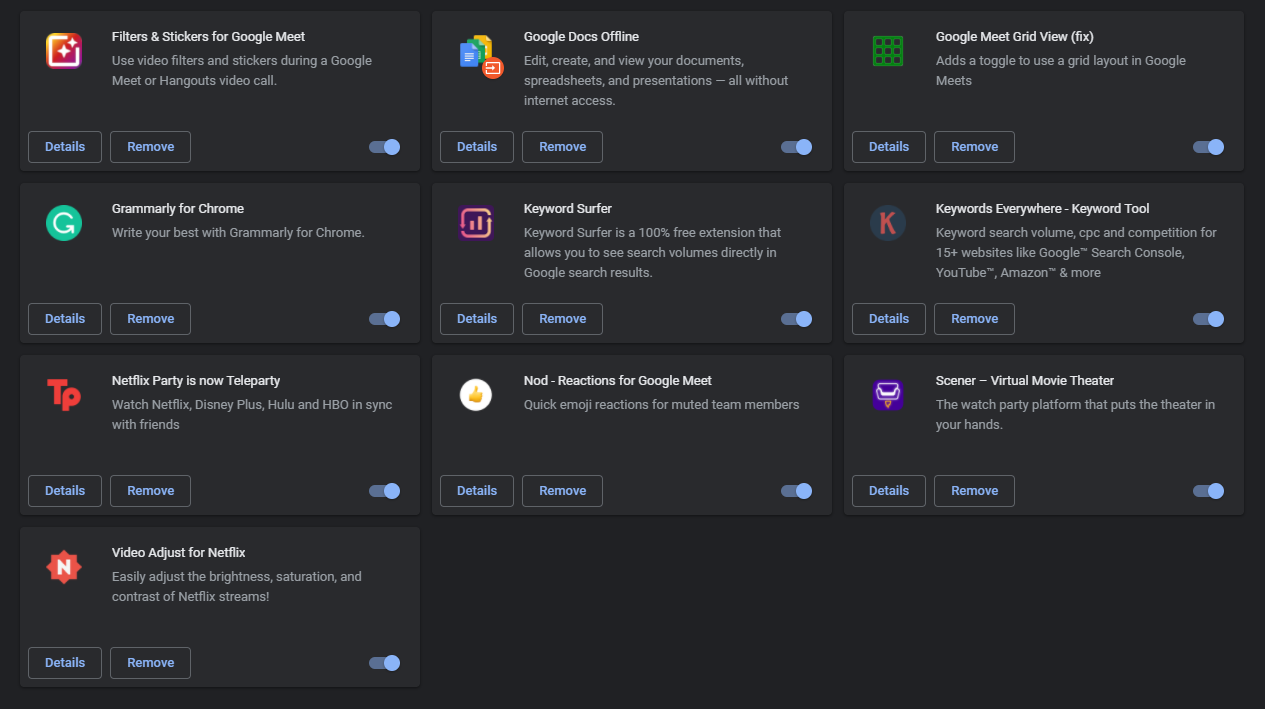
Play another stream on Twitch afterward to check if the problem is solved.
6. Check Your Network Connection.
A slow network connection could also be the reason for the error 4000 on Twitch. To confirm this, perform a speed test on your network using Fast.com to measure its current upload and download bandwidth.
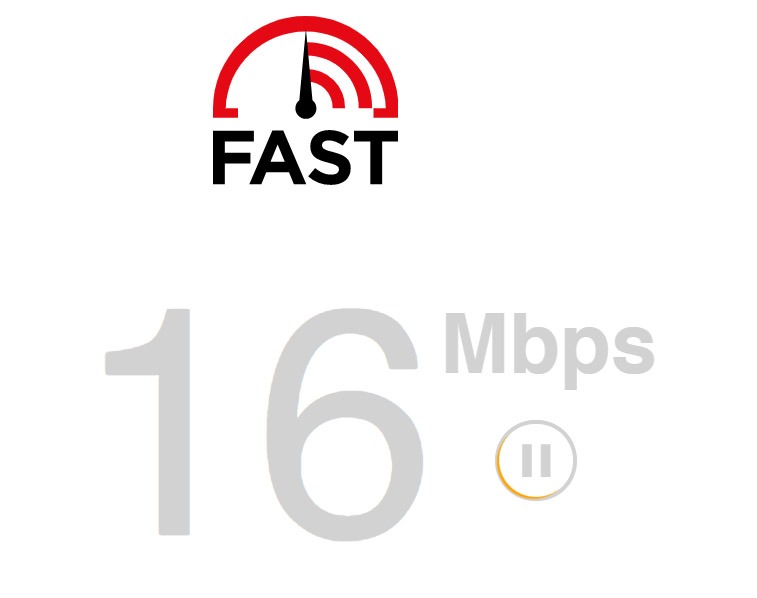
If the test result shows that your network is the problem, unplug your router from the outlet and wait for 5 to 10 seconds before reconnecting it. This should re-establish the connection with your ISP’s servers.
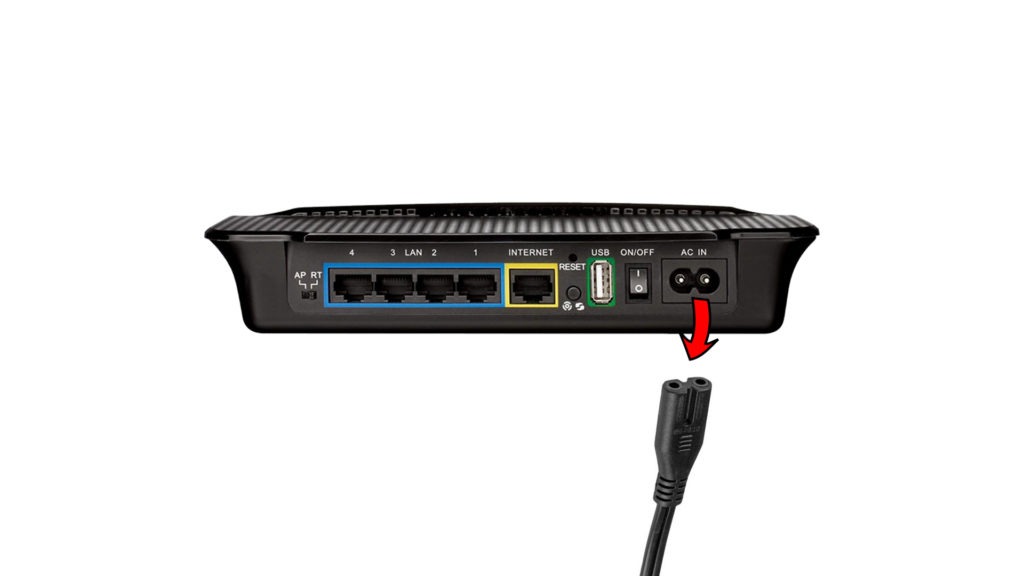
Re-run the test afterward to check if the problem is solved. If not, contact your ISP and ask them to fix the issue.
7. Update Your Graphics Drivers.
Another reason why you encounter the error code 4000 on Twitch is faulty graphics drivers. Since your browser uses your video card to stream content, you’ll run into problems if your drivers are not working.
To fix this, see the steps below to update your graphics drivers:
- First, press the Windows + X keys on your keyboard to open the Quick Menu.
- After that, click on Device Manager and expand the Display Adapters tab.
- Lastly, right-click on your video card and choose Update Driver.
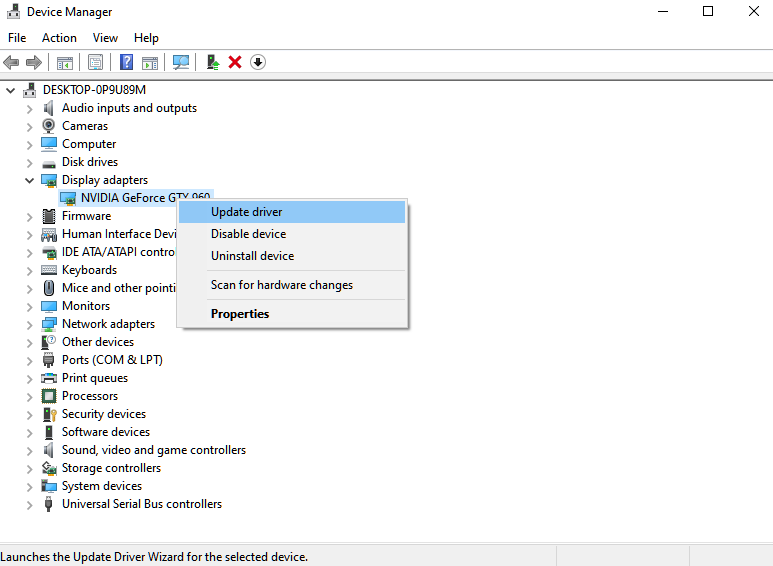
Once done, restart your system and check if the problem is solved.
8. Try Incognito Mode.
For unknown reasons, the error code 4000 on Twitch doesn’t seem to occur when you’re using incognito mode. If you still run into the issue after doing the solutions above, switch to incognito browsing in the meantime.
You can access incognito mode by pressing CTRL + SHIFT + N on your keyboard.
If that doesn’t work, head to the next solution.
9. Contact Twitch.
If you still see an error code 4000 on Twitch while streaming, the best thing to do is let the professionals handle the situation.
Go to Twitch’s Support page and get in touch with their team to report the issue you’ve been experiencing on the platform. Provide your account details, your full name, and a screenshot of the error to speed up the process.
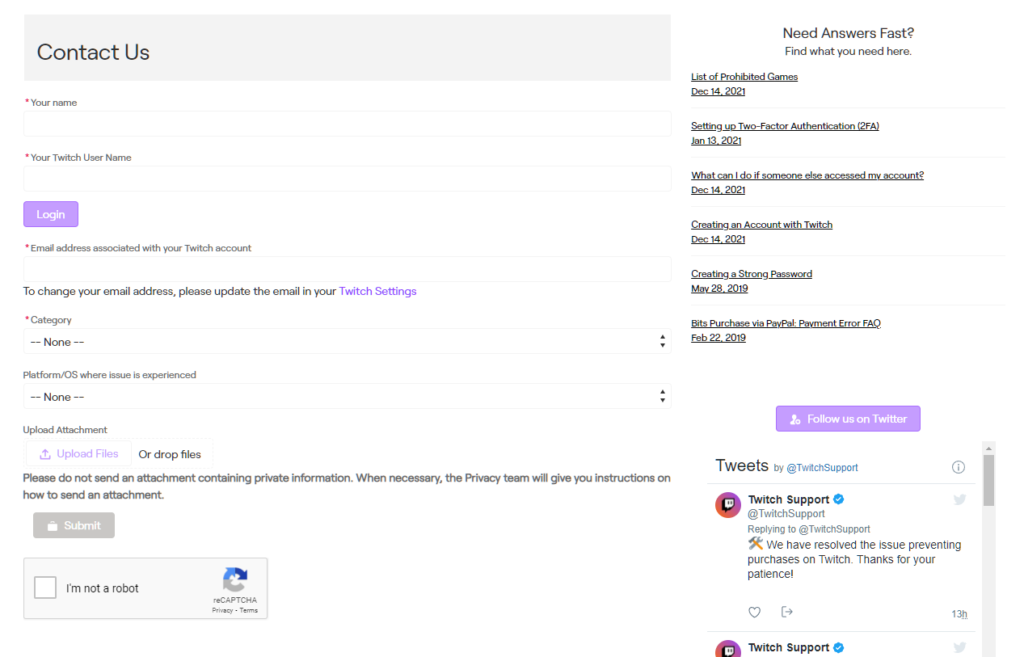
That wraps up our guide for fixing the error code 4000 on Twitch. If you have questions, don’t hesitate to leave a comment below, and we’ll do our best to help.
If this guide helped you, please share it. 🙂





